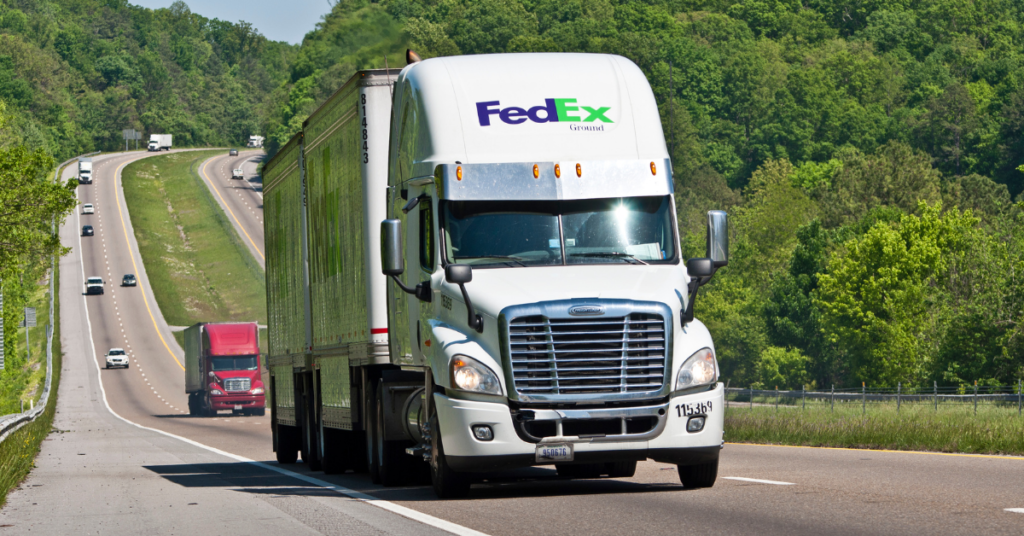Is your business about to enter the fast-paced world of eCommerce? Are you in the process of rethinking your order fulfillment process? If so, you probably have packaging, and how to get it to survive domestic or international shipping, on the brain. One of the many advantages of working with Sterling Manufacturing is a team of experts that know the rules of successful shipping inside and out. However, if you’d rather give it a go on your own, or just aren’t ready for our help just yet, there are plenty of useful resources online to point you in the right direction. Two of them are the packaging guidelines for UPS and FedEx respectively. These documents represent the recommended best practices to make sure your goods make it to your customer in one piece every time (well, almost every time).
One of the top reasons you want to be familiar with these documents is to understand how your carrier of choice is determining your shipping costs. While the essentials of your price boil down to size, weight, and speed, there are several important rules and limitations that could save you thousands in unnecessary shipping costs a year. To spare you some tedious reading, we’ve compared the guidelines of FedEx and UPS to find the top four rules you need to know to save big before printing your next shipping label.
1. Your Package Weight Can’t Exceed 150lbs
For both FedEx and UPS, retail packages cannot exceed this limit. If you sell relatively light products, you might think this isn’t worth worrying about. But large orders with a lot of units can add up quickly, and the closer you get to 150lbs, the more sharply the shipping cost increases. If you somehow exceed this limit, you’ll have to send your package as freight, and that can mean a three or even four-figure increase to your shipping cost. When in doubt, break up your larger orders into multiple packages in a grouped shipment. What you will spend in added materials you quickly save in reduced per-box weight.
2. Maximum Shipping Dimensions Can’t Exceed 165 Inches
Similar to weight, there’s only so big of a box you can send through FedEx and UPS before they’re going to slap you with a freight price. In the case of both carriers, your package size is determined by its longest side and its girth. If you’re not familiar with what girth is or how it’s calculated, here’s what you do:
- Measure your package’s width then double it.
- Measure your package’s height then double it.
- Add these two numbers together to find your package girth.
This measurement combined with the length is how UPS and FedEx evaluate package sizes. If you have any items or boxes with an unusual shape, you might be surprised how quickly those sides will add up to 165. If it means avoiding freight charges, it may be well worth sending your product partially disassembled or in multiple boxes.
3. Be Aware of Dimensional Weight
A package holding a duvet may be massive but surprisingly light. A box holding a set of dumbells may be small enough to hold in one hand, but too heavy to do so without hurting yourself. To account for these odd, but not uncommon disparities in size and weight, FedEx and UPS both deploy a practice of calculating dimensional weight (often abbreviated dim weight) to determine the price of your shipping.
Finding your package’s dim weight is pretty simple. Simply multiple the length, width, and height together, then divide that number by 139. In the case of FedEx this number is always used to calculate non-freight shipping costs. For UPS, they compare the actual weight to the dim weight and calculate against whichever is higher.
In addition to normalizing shipping rates, dim weight rewards efficient packers for their efforts. Switching to a smaller box that has less unused space or eliminating unnecessary packing materials can lead to big savings when you drop off your package.
4. Watch Out for Shipping Charge Corrections
If you are shipping with any amount of volume through FedEx or UPS, there is a good chance you’ll be set up on a billing account to simplify the transactions. When this finally happens, make sure the shipping labels you are pre-paying match the actual weight and dimensions of your packages as closely as possible. Why? When you ship anything with either of the The Big Two, you agree to their terms of service, which includes the right for them to correct miscalculated charges. In addition to them automatically billing you for the difference, pulling your package for assessment comes with a hefty fee (often $15 per box). This can quickly add up to an eye-watering bill at the end of the month if too many boxes are being misweighed or incorrectly measured, so make sure your process is highly accurate.
Low Shipping Costs Require Planning
There’s a reason our team puts so much time and thought into designing the packaging for our clients’ products. A box that’s just an inch or two bigger than it needs to be might not add up to much when it comes to material costs but can quickly compound when paying dim weight fees over thousands of packages. If you’re planning your first fulfillment process, or overhauling an existing one, it is well worth taking the time to find lighter, more efficient ways to send out your products. Even if it means switching to more expensive fillers or boxes, take the time to calculate the savings on your shipping label; you might be surprised by how much you save.


